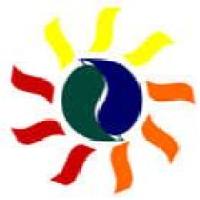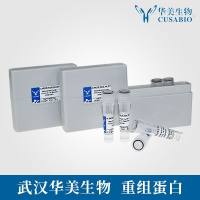The life cycle of retroviruses involves stable integration of viral genetic material into the host genome; expression of viral genes is, in part, regulated by host cell factors (1 ). These features make retroviruses a widely used efficient means for introducing foreign DNA into the cell genome. Most retroviral vector systems used in clinical gene transfer are based on murine leukemia virus (MuLV) (2 ,3 ). MuLV replication is cell cycle dependent, and these vectors are inadequate to transduce nondividing and/or terminally differentiated cells stably, which severely restricts their potential utility for clinical gene transfer (4 –6 ). In contrast, vectors based on the human immunodeficiency virus (HIV) can deliver genes into nondividing cells as efficiently as into proliferating cells (7 ,8 ). HIV vectors, then, serve as vehicles to deliver a gene of interest into clinically important terminally differentiated, quiescent, and nondividing cells. The use of vectors derived from a pathogenic virus for human gene therapy, however, remains a major safety concern and health risk issue. Recently, it was shown that animal lentivirus vectors pseudotyped with vesicular stomatitis virus envelope glycoprotein G (VSV-G) can transduce human cells, overcoming the restricted host tropism (9 ). These vectors deliver genes into nondividing cells as efficiently as HIV. However, the comparative safety and efficacy of vectors based on nonprimate lentiviruses in humans remain to be determined.






